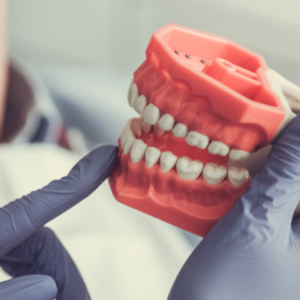There is no end to the search for effective migraine treatment.
Finding even one solution to migraines can change your life. But with so many new cures on the market, how are we to know which ones are actually worth investing in?
CBD oil, in particular, has been increasingly touted lately as a “cure-all” for a variety of ailments. It’s now in all sorts of things – candy, drinks, beauty products, and even pet food! But can it be trusted? And how well does CBD oil work in treating migraines?
To get a better understanding of CBD oil and its uses, let’s start at the very beginning….
What is CBD oil?
CBD (cannabidiol) oil is a naturally occurring substance extracted from the Hemp Sativa (official name).
Unlike the other substances that hemp is known for, CBD does not cause a “high” (which is caused by the substance THC). Instead, CBD has become known for its impressive pain-relieving and calming effects. From anxiety to autoimmune disorders, epilepsy, and general discomfort, many people use the oil to treat a variety of physical and emotional issues.
The oil comes in two different varieties: CBD-dominant (mostly CBD with little to no THC) and CBD-rich (with equal or more CBD than THC). Both can be taken orally or applied to the skin, depending on the application.
Currently, CBD is legal in most countries and can be purchased over-the-counter or online. However, there are restrictions on potency (i.e. the ratio of THC to CBD) – with stronger mixtures prohibited to ensure user safety.
Does CBD oil also help with migraines?
CBD oil has been well established in the treatment of chronic pain and as a mild relaxant for anxiety sufferers. But while research is ongoing in other areas, there is little solid evidence that CBD oil can be used to relieve migraines.
So does that mean CBD isn’t worth trying? Not necessarily.
After all, a 2017 review of studies showed that hemp could be effective in treating headaches and migraines. However, this study used the entire hemp plant, not just CBD. In addition, the American Migraine Foundation has highlighted the potential benefits of CBD for neck pain or other muscle pain – just not for migraines themselves.

Essentially, how CBD oil works in the first place is still relatively unknown. This means that its effectiveness in terms of relieving migraine headaches and other symptoms is likely to vary from person to person. Maybe it works, maybe it doesn’t – that’s as far as research can take us today.
But are there any proven downsides to using CBD oil to treat migraines? In a word, yes.
Some of the potential drawbacks to consider are:
Legality and regulation.
As previously mentioned, CBD is a relatively new phenomenon and much of CBD use is discretionary. In 2018, a pure version of CBD containing 0% THC was approved by the Federal Drug Agency (FDA) as a prescription treatment for epilepsy. However, there is no approval as a migraine treatment.
As the FDA states on its website, “FDA is aware that some companies are marketing products containing hemp and hemp-derived compounds in ways that violate the Federal Food, Drug, and Cosmetic Act (FD&C Act) and may endanger consumer health and safety.”
This lack of regulation means there is little control over potency, and there is a risk that some CBD oils may be mislabeled in terms of their THC content. This can also become a problem if high potency hemp products are illegal where you live.
When in doubt, play it safe: only buy CBD oil where it is legal and locally grown to ensure quality.
If you want to find great information about CBD Oil, check out Natural Health Mag for further info.





